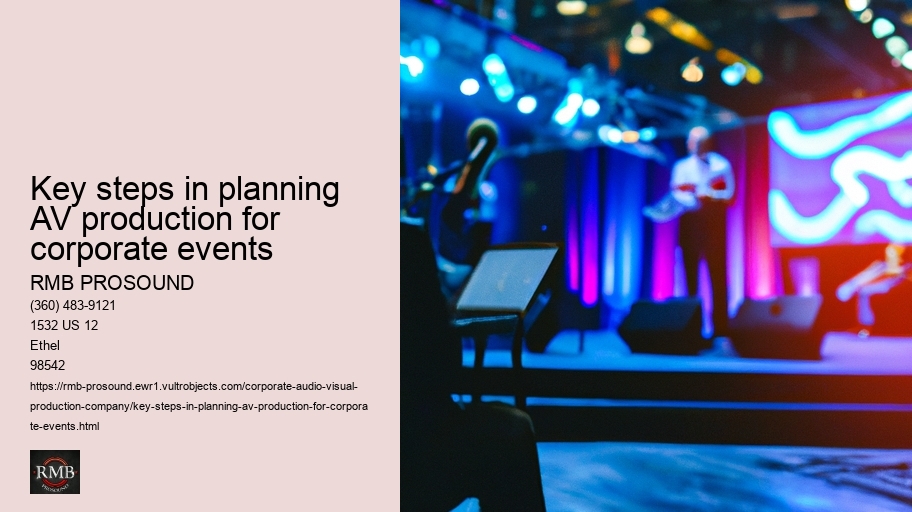
Planning an audiovisual (AV) production for corporate events is a complex task that demands meticulous preparation and coordination. It involves several key steps, from pre-production planning to post-production editing and evaluation. This essay will walk you through these crucial stages in planning an AV production for corporate events.
Firstly, one of the initial steps in planning an AV production is understanding the client's needs and objectives. Different corporate events have different purposes - some may be geared towards marketing, others towards staff training or team building. Therefore, it is crucial to establish a clear understanding of what the client hopes to achieve with the event, as this will guide all subsequent planning decisions.
Once you have established a clear understanding of the client's goals, you can move onto the next step: site inspection. This entails visiting the venue where the event will take place to assess its suitability for AV production. Certain factors such as size of the venue, acoustics, lighting conditions and availability of power outlets need to be taken into account when carrying out a site inspection.
The third step in planning an AV production for corporate events is designing the layout of equipment and crafting a detailed plan about how each piece of equipment will be used during the event. The layout should consider aspects such as camera angles for capturing high-quality images and locations for speakers to ensure excellent sound quality throughout the venue. A detailed plan helps in ensuring smooth operations during the actual event.
Next comes securing necessary equipment and personnel required for successful execution of your plan. Depending on your plan's complexity and scale, you may need various types of equipment such as microphones, cameras, projectors or lights along with skilled technicians who know how to operate them effectively.
After securing all necessary resources, rehearsal becomes another crucial step before actual execution on event day. During rehearsals, you can test your setup's efficacy by running through every aspect planned earlier under conditions similar to those expected on event day; it helps in identifying and rectifying any potential problems beforehand.
On the day of the event, all your preparation comes into play. Your team needs to execute the plan effectively while also being ready to handle any unexpected issues that might arise. This includes setting up & operating equipment, monitoring sound & visual quality, and adjusting plans on-the-fly as needed.
After the event, a crucial step is post-production which involves editing recorded footage or sound and preparing the final product based on client's requirements. It may include tasks like cutting unnecessary parts, adding titles/credits, enhancing color/sound quality and much more.
Finally, evaluate your performance to learn from your successes and failures for future events. This could involve soliciting feedback from clients or team members, analyzing what went well or wrong during execution and identifying areas needing improvement.
In conclusion, planning an AV production for corporate events involves multiple steps: understanding client's requirements, conducting site inspection, designing layout & detailed plan of equipment usage, securing necessary resources including equipment & personnel, rehearsing before actual event day followed by effective execution on event day itself then moving onto post-production and finally evaluating overall performance. Each step requires careful attention to detail but with proper planning and execution, it's possible to produce high-quality AV content that meets client's objectives.
Production Planning for Corporate Event AV